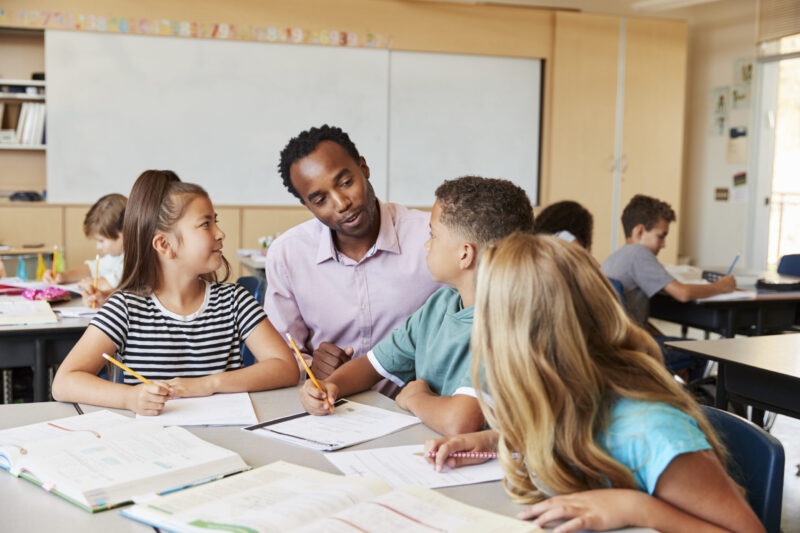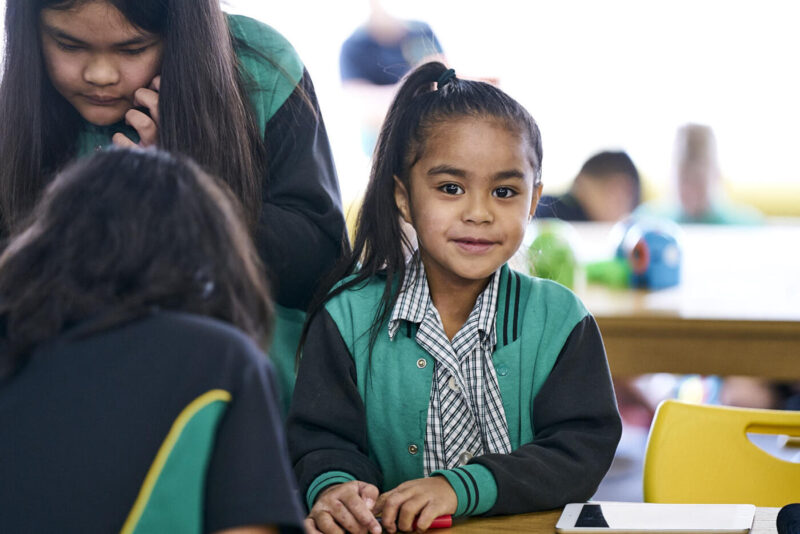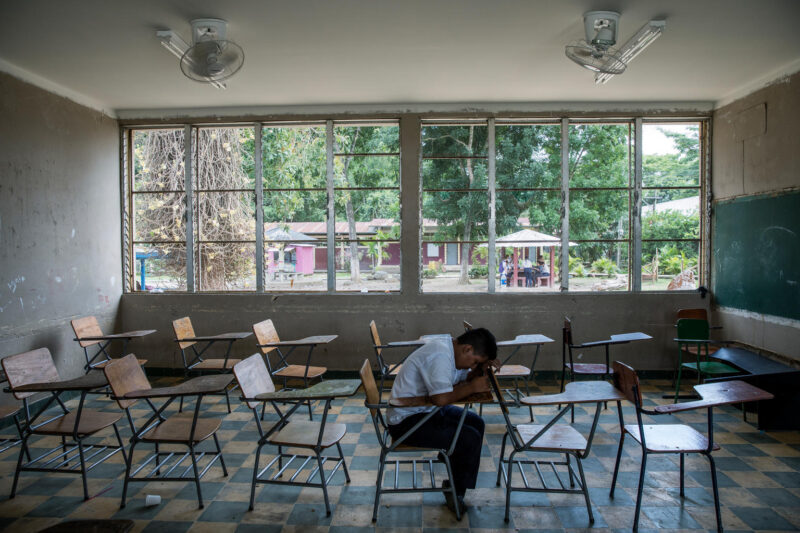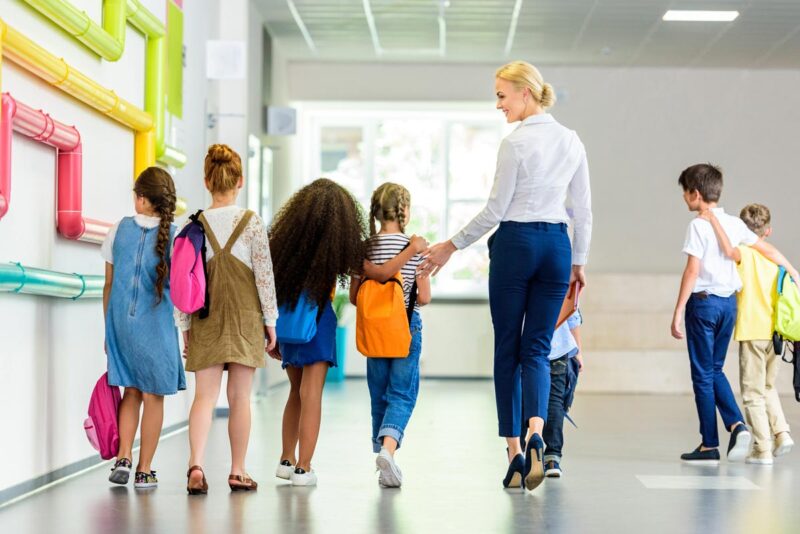In today’s society, we are constantly surrounded by technology. Whether it’s our phones, laptops, or even classroom devices, we are constantly plugged in. But does this always have a positive effect on our learning? Unfortunately, it can have the opposite effect. In today’s world, where cyberbullying is on the rise, some schools are taking measures to protect their students from such incidents. In this blog post, we will explore some ways to make sure your students feel safe in the classroom and what you can do to help them when they feel unsafe. From creating a safe environment to empowering your students with technology skills, read on to learn everything you need to keep your students safe in class.
Tips for Safer Classroom Behavior

In order to make sure students feel safe in the classroom, follow these tips:
- Establish and enforce rules and guidelines early on. This will help ensure that everyone is following the same set of rules and regulations.
- Teach proactive defensive behaviors. This will help students protect themselves from potential threats before they happen.
- Create a positive classroom environment. This will create a feeling of security for students and make it easier for them to trust authority figures.
- Encourage students to report any suspicious or dangerous behavior promptly. By doing so, you can take appropriate action to address the situation.
- Always have a kids survival kit on hand. This will include things like masks, gloves, and a first aid kit in case of any emergencies.
How to Encourage School Safety?

There is no surefire way to make every student feel safe in the classroom, but there are a few things you can do to help foster a positive school safety culture. Here are five tips for making your students feel safe at school:
- Encourage communication and teamwork. Making sure all students are aware of what is happening and know how to get help when needed helps promote a feeling of security and trust among classmates. Encouraging communication among classmates also strengthens the safety network within the school community, which can be vital in case of an emergency.
- Make sure classrooms are well-lit and secure. Dark corners and poorly-lit classrooms can create an environment in which students feel unsafe. Securing classrooms with locks, deadbolts, or security cameras can help deter would-be attackers and ensure that students have a safe place to call home during class hours.
- Make sure learning environments (LEs) are welcoming and inclusive. Creating an inclusive learning environment means making sure that everyone feels comfortable expressing themselves while learning. This includes ensuring that LEs are welcoming and accessible to all students, regardless of their disabilities or physical abilities. Appropriate accommodations can make a huge difference in how students feel about their educational experience, promoting a feeling of security and belongingness within the classroom setting.
- Create guidelines for appropriate behavior (AB). Rules governing appropriate behavior should be clear and concise, making it easy for teachers and students to know what is and is not allowed. Creating a positive school climate can go a long way in discouraging undesirable behavior, which in turn helps promote a safer learning environment.
- Educate parents about their child’s school safety. Providing parents with information about their child’s educational experience and the safety precautions that are in place at the school can help them feel more confident in sending their children to school. Educating parents about school safety also sends a signal to students that they are valued members of the community, which can encourage them to behave responsibly while attending class.
How to Prevent Suspicious Activity in Schools?

There are a few ways to make sure your students feel safe in the classroom. One way is to have rules and regulations in place that everyone knows and follows. Another way is to have a staff member who is responsible for monitoring the classroom and reporting any suspicious activity or behavior to you or another authority figure. There are also some things you can do on an individual level to help protect your students. For example, be aware of your student’s surroundings and watch for any signs of suspicious behavior. If you see anything that makes you concerned, talk to your student about why they might be behaving this way and what possible consequences could come from their actions.
How to Respond to Threats and Violence in Schools?

Schools are a place where children should feel safe and protected. However, sometimes students can feel unsafe or threatened in school. There are a few ways you can help make your students feel safe in the classroom:
- Establish rules and guidelines for behavior. Make sure all students know what is allowed and what is not allowed in the class. This will help create a sense of order and protect students from harmful behaviors.
- Create a calm atmosphere. When classrooms become chaotic, it becomes difficult for students to focus on their learning. Try to maintain a calm and peaceful environment by using calming techniques such as meditation or yoga during class periods.
- Fostering communication between teachers and students. It is important for teachers to have open lines of communication with their students in order to address any concerns or issues that may arise. If there is a problem, it is important to let the student know what has happened so they can understand why they are having difficulty learning today.
By following these tips, schools can help create an environment that is conducive to learning – no matter how difficult the situation might be at times.
Conclusion
One of the most important things you can do to make sure your students feel safe in the classroom is to create a supportive environment. This means being responsive to their needs and providing them with information and support when they need it. It also means setting boundaries so that your students know where they stand, and enforcing them when necessary. Make sure you are taking all steps necessary to ensure your students feel comfortable and safe in the classroom!


